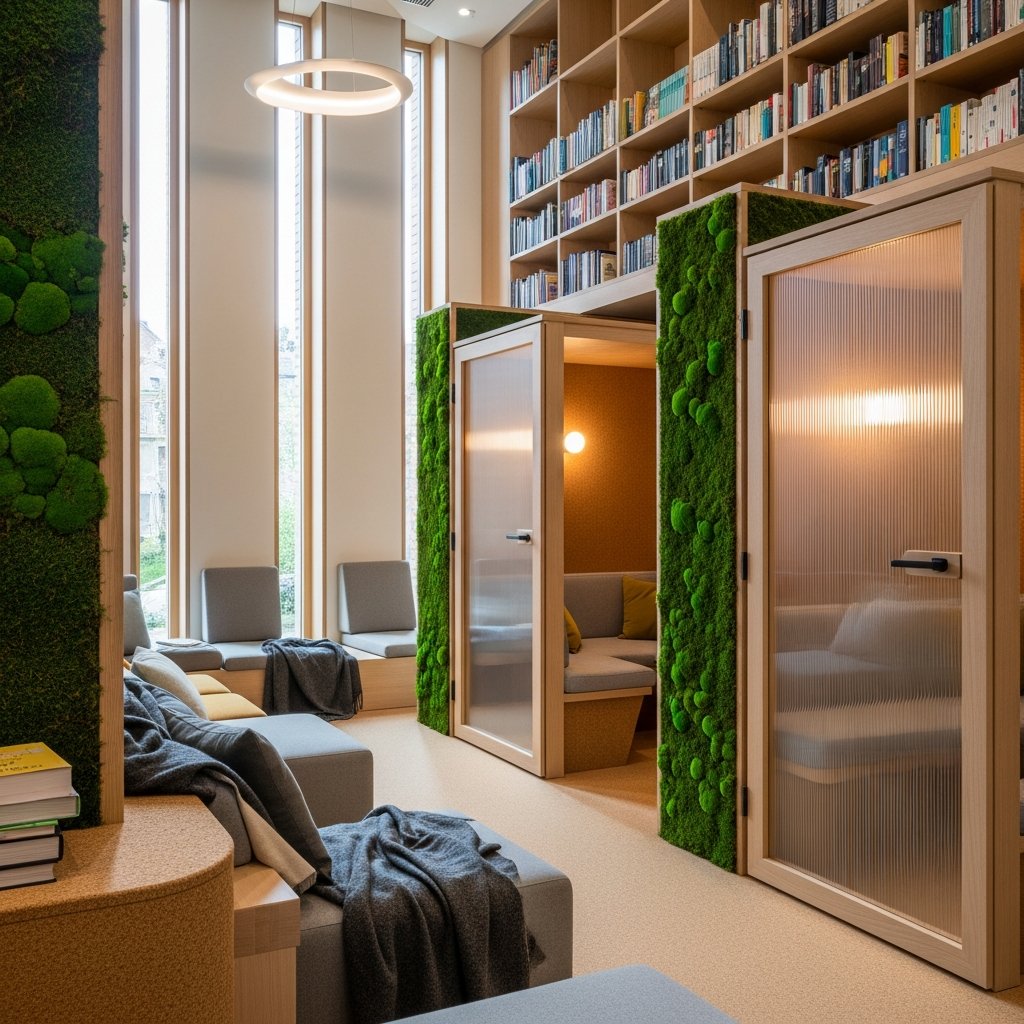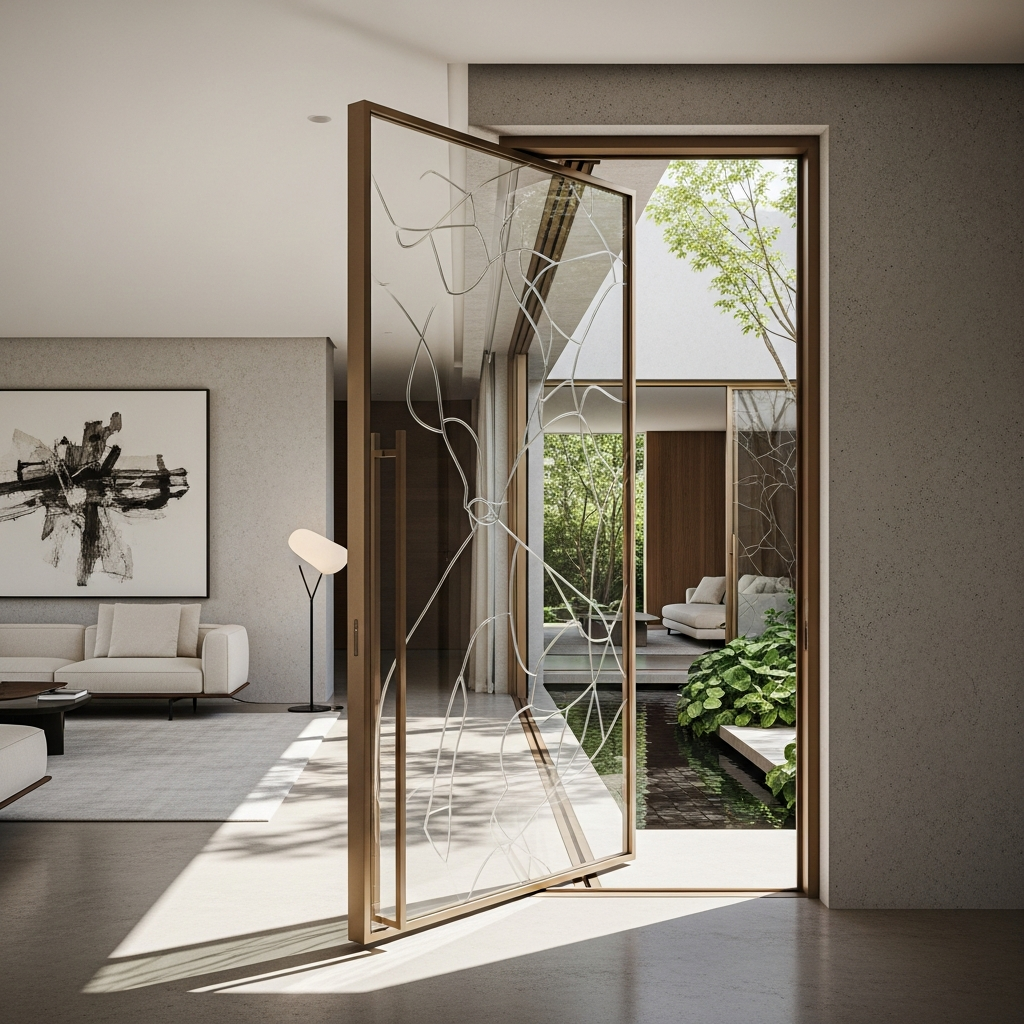Micro-Living Spaces: The Rise of Tiny Homes

Introduction
Cities are becoming increasingly crowded, and housing costs are soaring. As a result, people are turning to micro-living spaces as a more affordable and sustainable option. The tiny homes movement is gaining momentum, and it’s easy to see why.
Eco-Friendly Living
With less square footage to heat and maintain, tiny homes offer a more eco-friendly way of living. They use fewer resources and produce less waste compared to traditional homes. The smaller footprint of a tiny home makes it easier to integrate renewable energy sources, such as solar panels, into the home’s design.
Minimalist Lifestyle
Many people are drawn to the minimalist lifestyle that comes with living in a tiny home. By having less stuff, tiny homeowners often report feeling more focused and less stressed. The limited space encourages people to be intentional with their possessions and prioritize what is truly important to them.
Successful Micro-Living Spaces
One example of a successful micro-living space is the Kasita, a modular home designed by Jeff Wilson. The Kasita is a fully furnished 352-square-foot home that can be stacked to create apartment-style living. The interior is sleek and modern, with a space-saving design that makes the most of every inch. It features a full kitchen, a bathroom, a living room, and a bedroom that doubles as a home office. The Kasita is ideal for city dwellers who want to live in the heart of the action but can’t afford a traditional apartment.
Another example is the ESCAPE Traveler, a tiny home that can be transported anywhere. The ESCAPE is a cozy 269-square-foot home on wheels that features a full kitchen, a bathroom, and a sleeping loft. It’s perfect for people who want to travel but also want the comforts of home. The ESCAPE is designed to be off-grid, with solar panels and a composting toilet, making it an eco-friendly choice for those who want to live off the land.
The Future of Housing
While tiny homes may not be for everyone, they offer a unique solution to the housing crisis. They provide an opportunity for people to simplify their lives and live more sustainably. As the world becomes more crowded and resources become scarce, micro-living spaces may become the norm rather than the exception.





